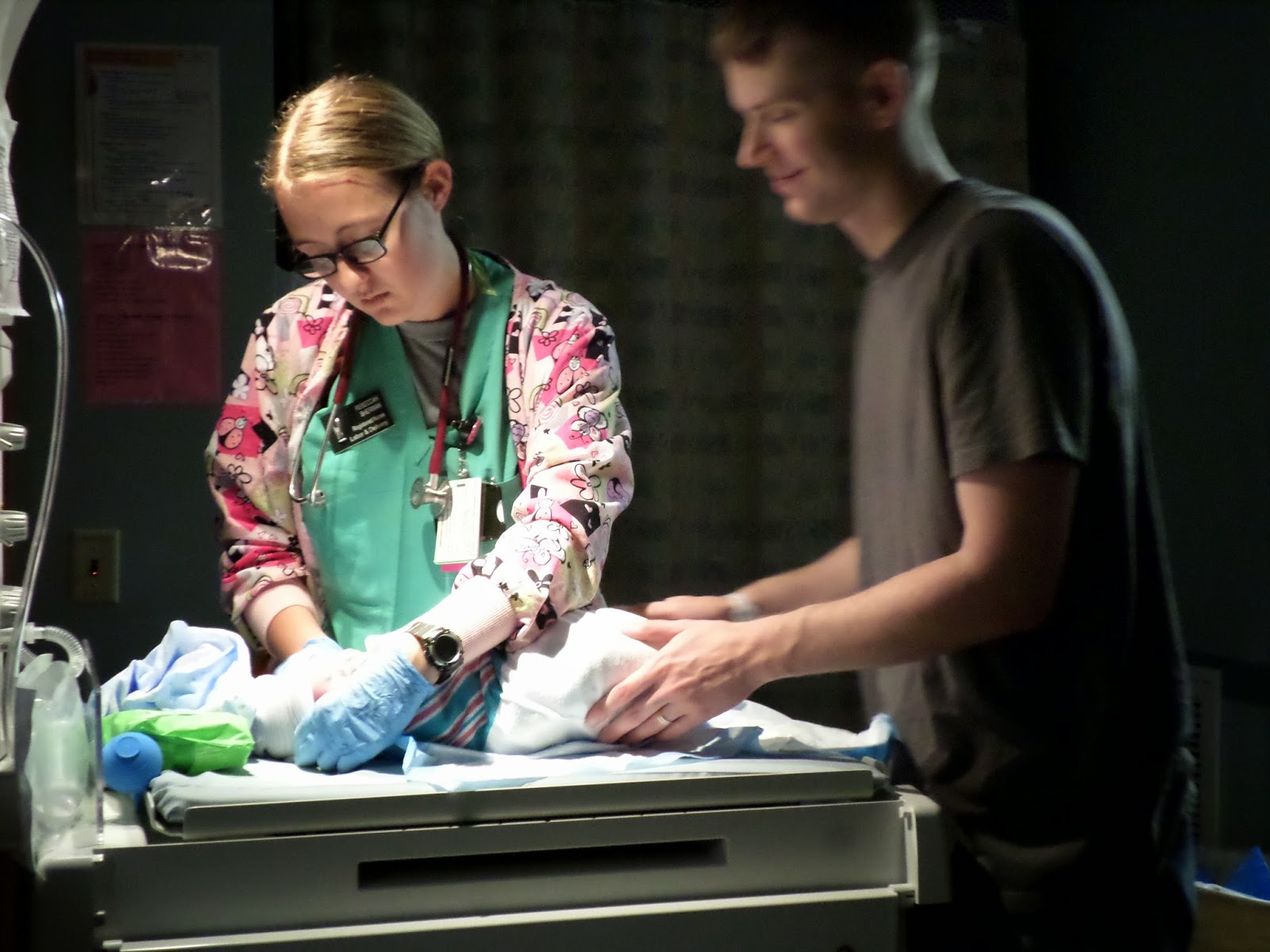Week 2: Nighthawks
I had been informed that one of the neat - and challenging - things about teaching AP is that each individual class will take one idea and go in a completely different direction. As a result, I have to write myself lots of post-it notes so I don't reference something in one class that another class had asked about. It's fascinating to see all the different ways their minds work. For example, we did a photo-as-text analysis as is my Friday bell work tradition. Last week we analyzed Tom Franklin's Raising the Flag at Ground Zero. The idea is to analyze pictures as if they were text, so students could write a lengthy analysis essay over the artist's argument just as easily as from a text. This week, in honor of our Gatsby discussions, I chose Edward Hopper's Nighthawks (1942):
Students were given about three minutes to jot their observations of the painting's color, structure, details, lighting, and anything else they felt was relevant for a "so what" discussion. I was fascinated by what each class focused on.
First period was fascinated by the "something" in the upper-left hand corner window - "Is it a face?" "Is it a cat?" "Is it the artist?" They questioned why it was there, why it wasn't detailed like the diner portion, and how they felt it contributed to a dreary, ominous mood they felt the picture exhibited.
Fourth period listened to my explanation of the "frame-within-a-frame" of the people inside the window inside the picture, and wondered if it could in fact be a picture painted on the side of the building and not really looking into the inside, rather like those sidewalk artists that draw holes in the ground. They also compared it to Hemingway's "A Clean, Well-Lighted Place," which they read last year. They didn't express drabness or loneliness in the painting; they admired the lighting and clean street and reflective bar.
Fifth period felt that, since the two men at the bar look almost identical and you can't see the loner's face, they are actually before-and-after images juxtaposed (they're getting better at using their vocab words!); the debate then turned to whether the man on the left was the "after" shot when the woman in red left/died/was murdered/cheated or whether he was the "before" man before the woman returned.
Seventh period made a more text-to-text connections, comparing the body language of the couple to the weird intimacy of Tom and Daisy Buchanan, after Daisy made the decision to not leave Tom to marry Gatsby. They thought that the man on the left could represent Gatsby, watching an unhappy marriage from the outside, and the waiter was Nick Carraway, the friendly behind-the-scenes guy who talks to everyone but has no real role in their lives.
It was fascinating to me to see all the individual ways their minds all went. It makes me think that I would really like to teach at the college level someday, to have an even more varied experience with a text. It's inspiring to see my group of small-town southern students come up with so many varied ideas on a daily basis.
Students were given about three minutes to jot their observations of the painting's color, structure, details, lighting, and anything else they felt was relevant for a "so what" discussion. I was fascinated by what each class focused on.
First period was fascinated by the "something" in the upper-left hand corner window - "Is it a face?" "Is it a cat?" "Is it the artist?" They questioned why it was there, why it wasn't detailed like the diner portion, and how they felt it contributed to a dreary, ominous mood they felt the picture exhibited.
Fourth period listened to my explanation of the "frame-within-a-frame" of the people inside the window inside the picture, and wondered if it could in fact be a picture painted on the side of the building and not really looking into the inside, rather like those sidewalk artists that draw holes in the ground. They also compared it to Hemingway's "A Clean, Well-Lighted Place," which they read last year. They didn't express drabness or loneliness in the painting; they admired the lighting and clean street and reflective bar.
Fifth period felt that, since the two men at the bar look almost identical and you can't see the loner's face, they are actually before-and-after images juxtaposed (they're getting better at using their vocab words!); the debate then turned to whether the man on the left was the "after" shot when the woman in red left/died/was murdered/cheated or whether he was the "before" man before the woman returned.
Seventh period made a more text-to-text connections, comparing the body language of the couple to the weird intimacy of Tom and Daisy Buchanan, after Daisy made the decision to not leave Tom to marry Gatsby. They thought that the man on the left could represent Gatsby, watching an unhappy marriage from the outside, and the waiter was Nick Carraway, the friendly behind-the-scenes guy who talks to everyone but has no real role in their lives.
It was fascinating to me to see all the individual ways their minds all went. It makes me think that I would really like to teach at the college level someday, to have an even more varied experience with a text. It's inspiring to see my group of small-town southern students come up with so many varied ideas on a daily basis.




Comments
Post a Comment